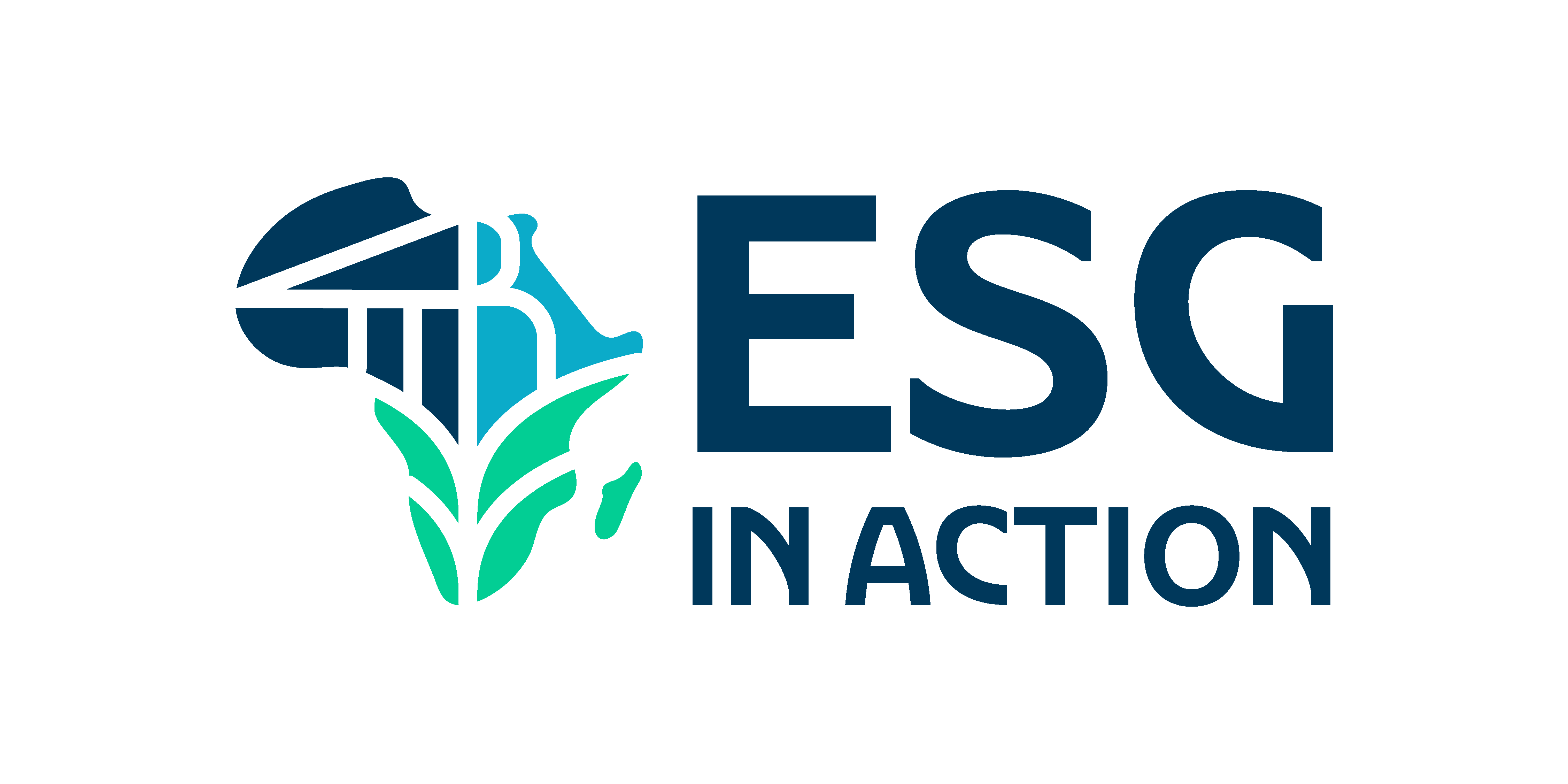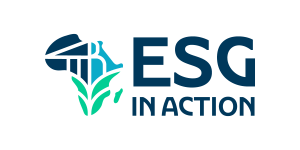
Bridging the ESG Knowledge Gap: 5 Key Metrics Every Board Should Use to Assess and Improve ESG Performance
Bridging the ESG Knowledge Gap: 5 Key Metrics Every Board Should Use to Assess and Improve ESG Performance
September 26, 2024 – As ESG factors become crucial to corporate success, boards all over the world are under stakeholder pressure to evolve. Investors, regulators, and the public are demanding greater transparency and accountability. Conversely, boards are yet to build the needed preparedness to address ESG risks, resulting in financial underperformance and reputational damage. This has created a significant gap, as revealed by the African Financial Investor Relations article, which found that fewer than half of global boards, particularly in Africa, fully understand ESG concepts.
The Need for ESG Knowledge in Boardrooms
First and foremost, we need to establish that the relevance of ESG is no longer up for debate. You see, the stakes are high: ESG isn’t just corporate lingo or a trend but a critical component of long-term business sustainability and resilience. Yet, many boards are investing in ESG practices without a clear understanding of what ESG entails, let alone how to measure its impact. Take the energy sector as an example. Following the global shift towards cleaner energy, companies that ignored their environmental impact faced public backlash and financial penalties. ExxonMobil’s 2021 boardroom shakeup, driven by shareholder pressure, reveals the critical need for ESG competence at the highest levels of governance.


This isn’t unique to the energy sector too. With increasing regulatory pressures and vocal stakeholders, boards can’t afford to ignore ESG factors. For example, PwC’s 2024 Global Investor Survey shows that 79% of investors would withdraw their investments from companies that don’t meet ESG standards.
So, what’s holding boards back? For many, it’s the lack of education and actionable insights concerning ESG. It’s one thing to recognise the importance of sustainability and social impact, but it’s another to know how to integrate these principles into day-to-day decision-making. Sadly, boards are often stuck in a reactive mode—scrambling to address ESG issues when they arise, rather than proactively embedding ESG into corporate strategy. This knowledge gap is rather risky. Without ESG understanding, boards risk misaligned decisions, missed growth opportunities, and reputational damage.
Addressing ESG complexities needs a strategic boardroom approach. Here’s how boards can close the knowledge gap and drive performance effectively:
1. ESG Oversight Committee: Boards can create an ESG committee to oversee initiatives, align them with company strategy, and track progress. Unilever’s ESG committee has been key to its sustainability goals, proving the value of a dedicated team for ESG.
2. Ongoing ESG Training; ESG education must be continuous. Regular training and workshops keep board members updated on ESG trends and regulations.
3. Integrating ESG into Strategy: ESG should be integral to corporate strategy, and not a separate concern. Set clear ESG goals that align with the company’s mission. For instance, Microsoft’s commitment to becoming carbon-negative by 2030 demonstrates how ESG goals can drive business success when integrated into the core strategy.
4. Collaboration with ESG Experts: Engaging external ESG experts can offer fresh perspectives and identify areas for improvement. In South Africa, Sasol partners with ESG consultants to build its practices, demonstrating the benefits of external expertise.
5. Transparent Reporting: Clear and honest ESG communication builds trust. Boards should transparently report ESG goals, progress, and challenges. Tesla’s reporting shows the importance of effective communication for managing stakeholder needs and demonstrating commitment to ESG principles.
Many organisations also face challenges in measuring or enhancing their ESG performance. This gap undermines their capacity to make informed decisions regarding sustainability and social responsibility. To bridge this gap, education and empowerment are essential. Boards must not only grasp ESG principles but also apply them through actionable strategies.
5 Key Metrics to Assess ESG Performance


Once boards have laid the groundwork for ESG education and integration, they need practical tools to assess their ESG performance effectively. Here are 5 key metrics that can provide actionable insights and drive meaningful improvements in ESG strategies:
1. Environmental Impact: Carbon Emissions and Resource Usage: Metrics such as carbon emissions, energy consumption, and waste production provide a clear picture of environmental impact. In 2024, Apple reported a 35% reduction in carbon emissions per product, showcasing how tracking and managing carbon footprints can lead to significant improvements. Boards should have oversight of set targets for reducing emissions and resource usage, and regularly review progress against these goals.
2. Social Performance: Diversity, Equity, and Inclusion (DEI): Measuring social performance involves assessing diversity, equity, and inclusion within the organisation. Metrics such as workforce diversity statistics, gender pay gap analysis, and employee satisfaction surveys are essential. Google has made significant strides in improving DEI, regularly publishing its diversity reports and setting clear targets for representation. By monitoring these metrics, boards can ensure their organisation fosters a more inclusive and equitable work environment.
3. Governance Standards: Effective governance is vital for strong ESG performance. Metrics here include board diversity, executive compensation structures, and adherence to governance best practices. Tracking these metrics helps ensure that governance practices align with ESG principles and promote transparency and accountability.
4. Adherence to ESG Regulations: Compliance with local and global ESG regulations is a fundamental metric. This includes tracking adherence to standards such as the GRI, ISSB and other frameworks as are relevant to industry or sector. A recent case to note is the European Union’s crackdown on greenwashing, highlighting the need for companies to accurately report and comply with ESG regulations. Boards should regularly audit their compliance status and adapt to evolving regulatory requirements.
5. Stakeholder Engagement: Engagement with stakeholders—investors, customers, employees, and communities—is crucial for assessing ESG performance. Metrics such as stakeholder feedback, satisfaction surveys, and engagement levels can provide insights into how well a company meets the expectations of its various stakeholders. The use of qualitative and quantitative stakeholder feedback can help boards refine their ESG and corporate strategies, leading to enhanced stakeholder relationships.
How These Metrics Empower Boards for ESG Success


Understanding and applying ESG metrics goes beyond just meeting compliance requirements—it’s a strategic advantage. Here’s how:
- Data-driven decisions: ESG metrics empower boards to identify areas for improvement, like Starbucks’ efforts to reduce waste. Performance tracking: Helps companies like Microsoft monitor progress toward goals such as becoming carbon-negative by 2030.
- Building stakeholder trust: Transparent ESG reporting fosters trust, as seen in Unilever’s detailed sustainability reports. Strategic alignment: Integrating ESG into corporate strategy aligns sustainability with business objectives.
- Competitive advantage: Strong ESG performance enhances market positioning, building customer loyalty, and attracting investors.


Understanding and implementing ESG principles is not just about meeting requirements—it’s about leveraging sustainability to drive growth and innovation. To effectively tackle this challenge, you need to engage with experts and utilise advanced sustainability research processes. By doing so, you can not only address risks but also seize new opportunities.
If you’re ready to elevate your ESG strategy, consider partnering with specialists who can provide valuable insights and tailored solutions. Reach out to us today and start transforming your board’s approach to ESG for a more sustainable and successful future.



